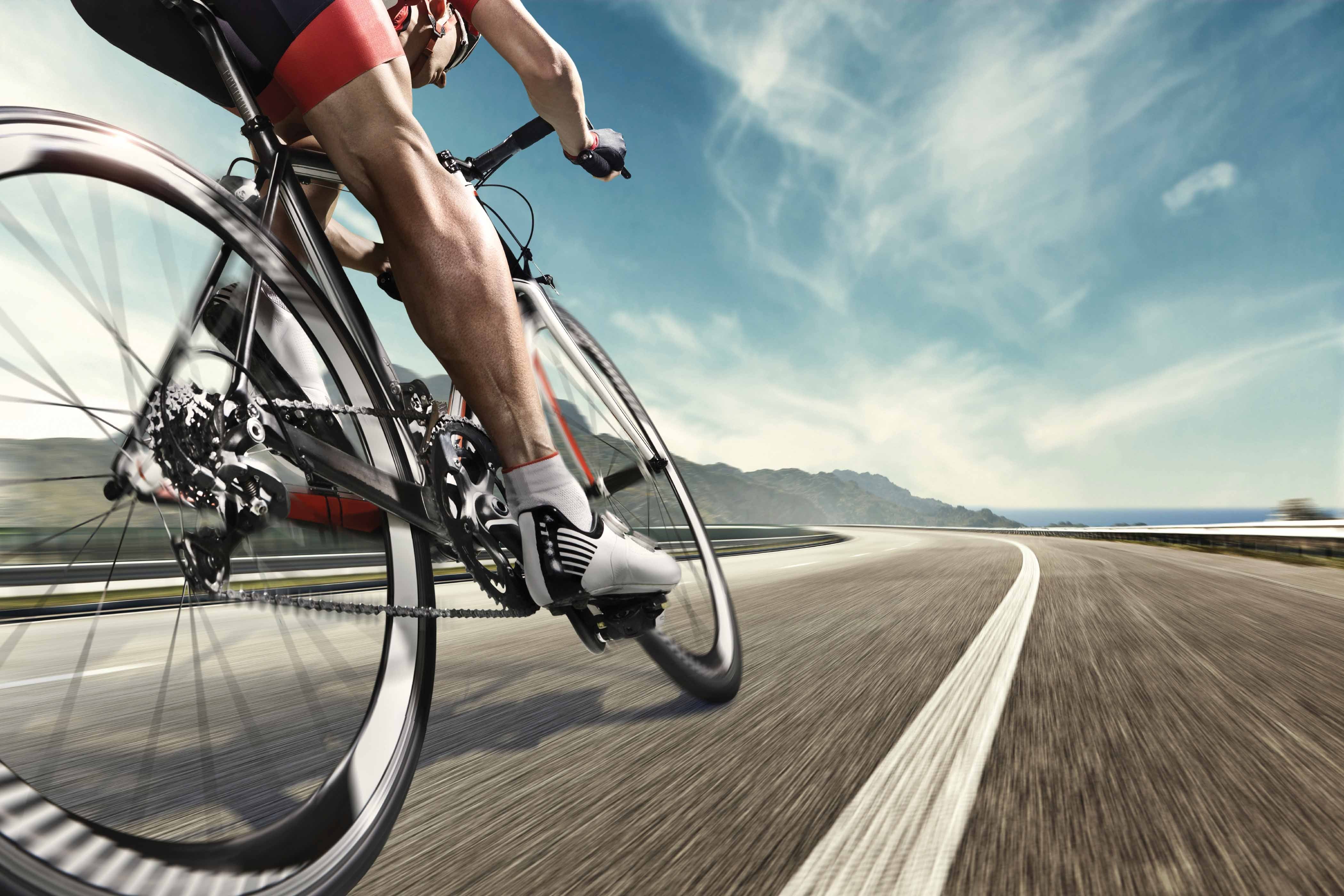When Should I Buy A Power Meter?

Photo: iStock
The short answer: As soon as possible. Many athletes feel they need to be racing at a high level to warrant the investment when, really, a power meter is an extremely useful tool for all abilities. A power meter allows an athlete to measure effort without the interference of any external variables, unlike using metrics such as speed or heart rate (which can be affected by wind, hills, heat, and humidity). This often skews the perception of training in the appropriate zone (as in working too hard or too easy) because the environmental variables alter the data output.
For long-course athletes, it is beneficial to know your target race wattage and hold that wattage during the bike portion of your race. Short-course athletes can benefit by seeing the output of their competition and then aim to meet those demands during training. With my athletes, I use a six-zone scale for training that is based on functional threshold power (FTP). A very general way to find your FTP is to warm up then start a 20-minute power test. This requires a steady effort of maximum power for 20 minutes. Your FTP is roughly 93 percent of that power. Then you can use the chart here to establish training zones. Of course, how you use those zones will vary significantly based on your individual situation and your coach’s programming.
RELATED: How To Use A Power Meter In A Race
Zone – % of Threshold – Title
1 – 55–65% – Active recovery
2 – 65–75% – Aerobic endurance
3 – 75–90% – Tempo (comfortably quick)
4 – 90–105% – Threshold
5 – 105–110% – Anaerobic
6 – 120%+ – Speed
Sample Workouts
Long ride or run with Zone 3 and 4 segments
Warm-up: 20 min easy
Remainder of ride: Repeat 5 min at 80–90 percent, 15 min low/mid-Zone 2.
Use the last few minutes to cool down.
10K build run
Warm-up: 15 min building into Zone 2
Main set (four times through): 45 sec building to 10K pace (last 30 sec at 10K effort), 4:15 in low/mid-Zone 2
Cool-down: 5 min easy jog
Follow up with 3×50-meter strides, with a walking recovery back to the starting point.